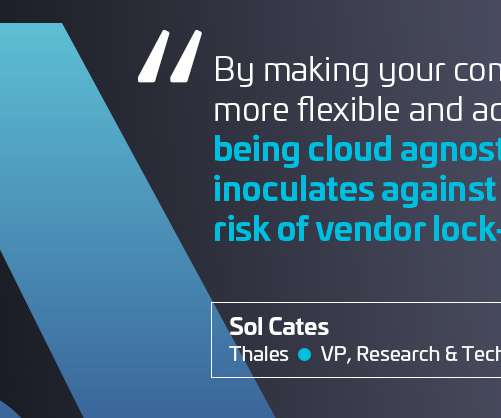RSAC 2020: Trust in the Cloud. What Should You Do with Your Encryption Keys?
Thales Cloud Protection & Licensing
FEBRUARY 17, 2020
This presents a security risk to businesses. When it comes to data security, more organizations are tempted to use cloud native encryption and key management services because it’s simple and easily available. One issue is that cloud native encryption and key management services provide just basic data security.















Let's personalize your content